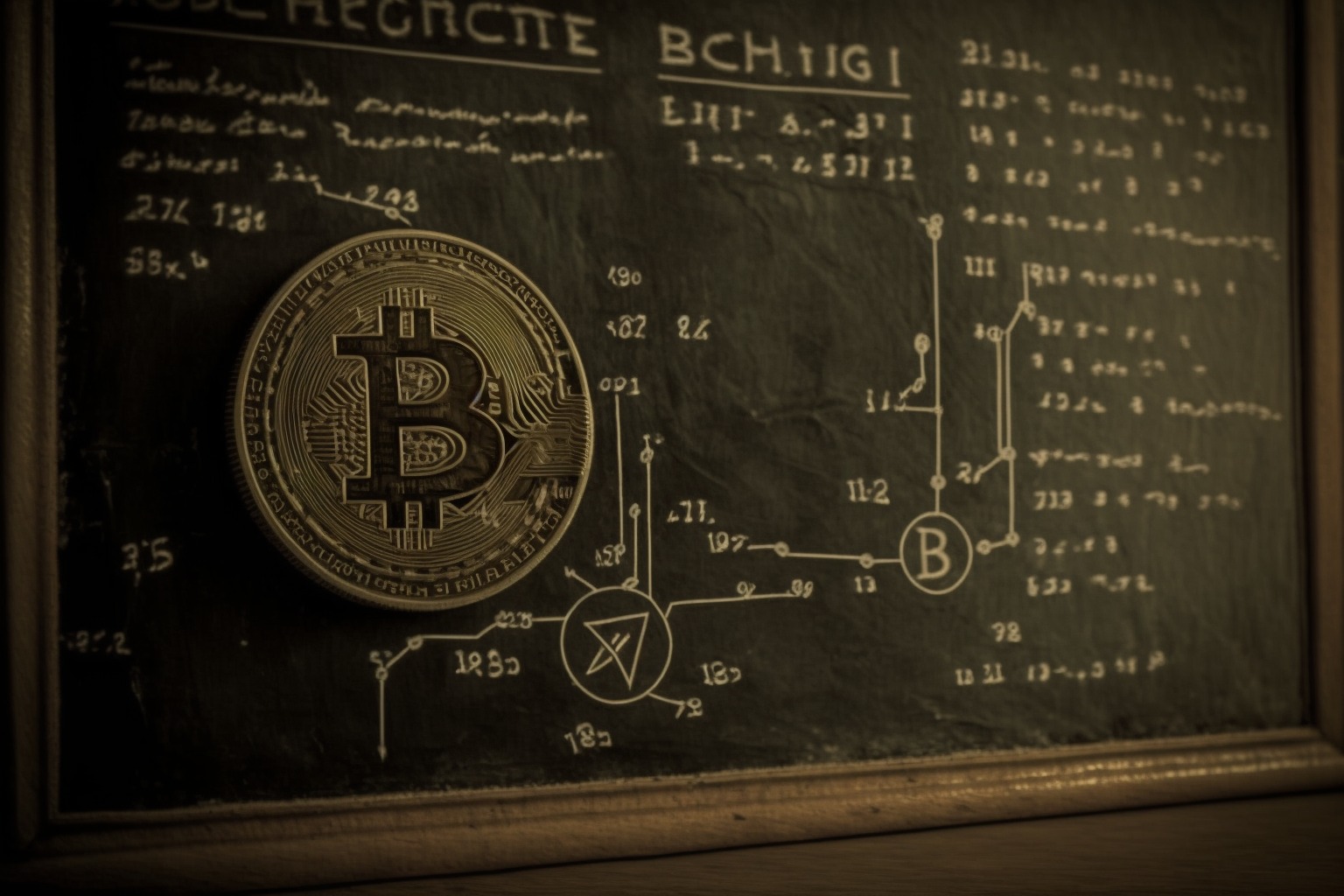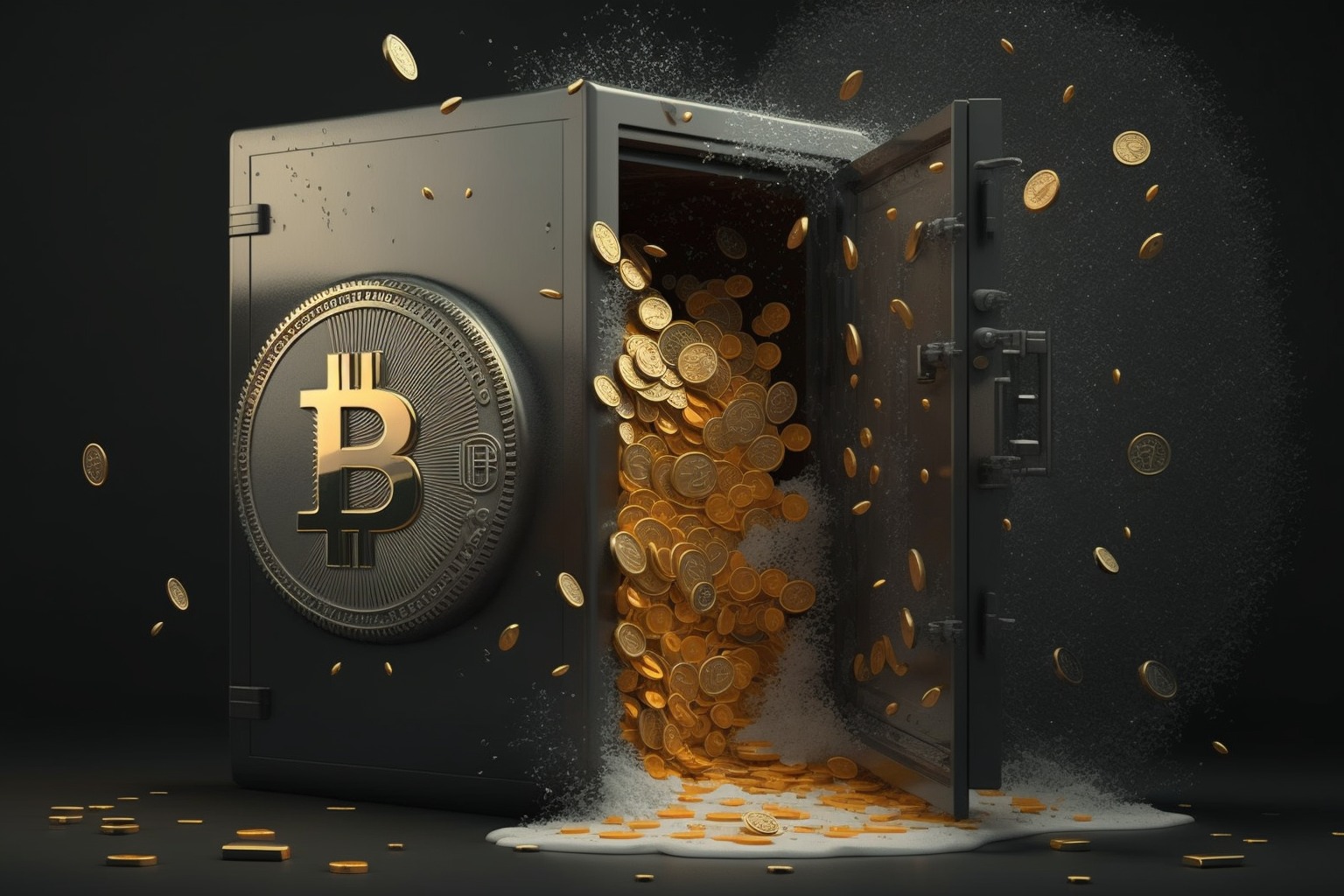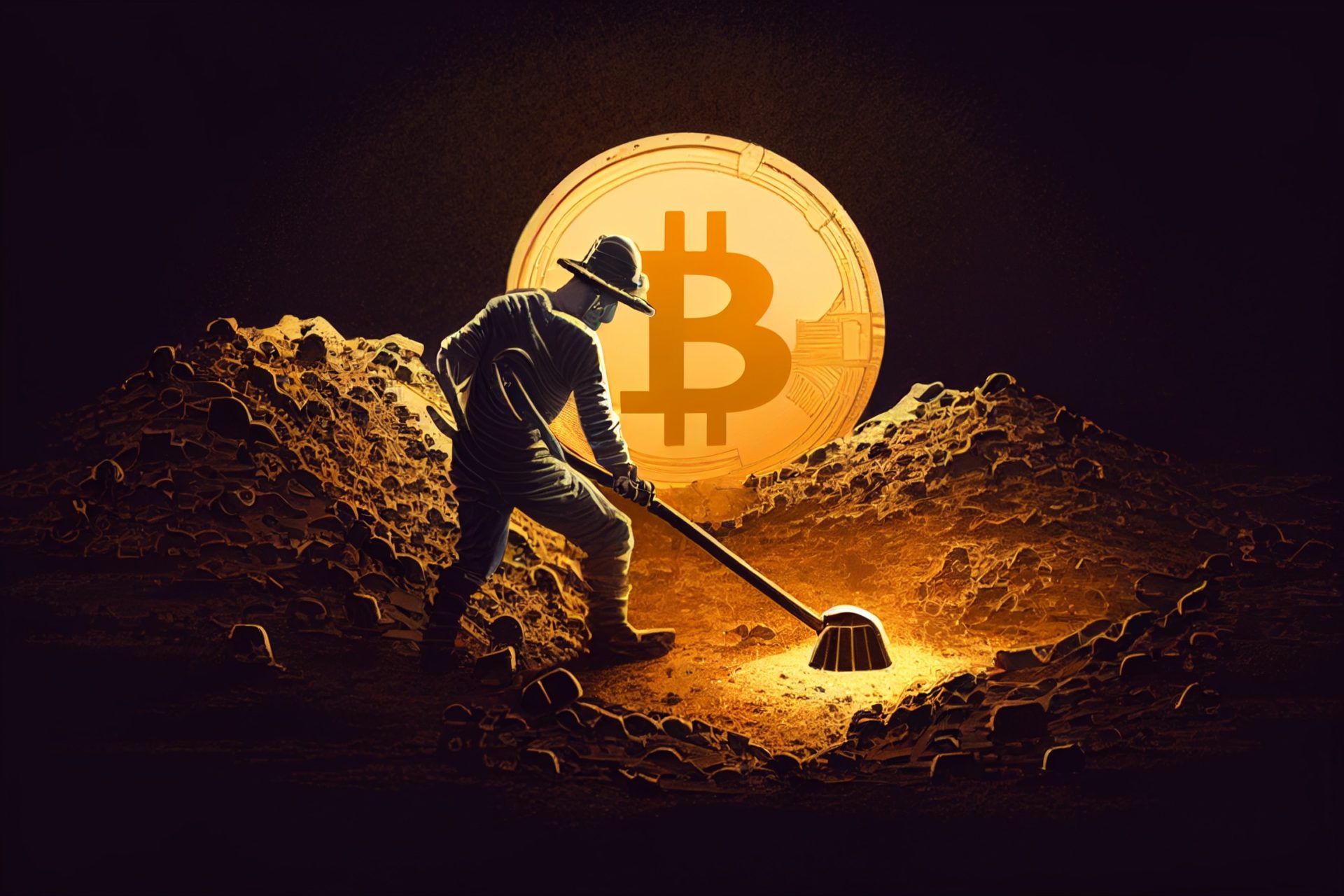Have you been wondering what makes cryptocurrency rise and fall? From news events and regulations to investor sentiment and market supply and demand, there are many factors that can go into the price of digital money. In this article, we’ll dive deep into what really causes cryptocurrency to go up or down – in a conversational, easy-to-understand way!
Understanding the value of a cryptocurrency
One of the most difficult concepts to grasp when new investors look into cryptocurrency is its value. With fiat currency, the value is backed by a government or banking system and can be relatively stable. But with cryptocurrency, anyone can create a new project, spin up a smart contract and voila, a new cryptocurrency is born out of thin air. So what exactly makes cryptocurrency valuable?
Obviously, the creators have to sell their idea to investors at the beginning, but once a crypto coin is in circulation, it takes on a life of its own. Its price will mostly be based on supply and demand – when there’s less of something, and more people want it, it will be worth more.
News events or regulations can also have an effect on how investors feel about a certain coin, which will affect whether they buy or sell. If a coin is popular among traders, that could lead to an increase in its value too. Ultimately, these factors come together to form the ever-changing landscape of crypto prices – so buckle up for an exciting ride!
Cryptocurrency supply and demand
Whether it’s the stock market or the crypto market, basic supply and demand is a key factor that affects prices. Simply put, when there’s little of something available, and lots of people want it – the price goes up! Conversely, if there are plenty of coins available but not many buyers – then the price will go down.
To understand this better, let’s look at an example with Bitcoin. As more miners become involved in mining for Bitcoin, the supply increases – which can result in prices going down. However, if more people start buying Bitcoin (as they did during every major bull run), the demand rises higher than the supply – leading to a surge in prices. So while Bitcoin’s market price is based on many factors, understanding its basic supply vs. demand dynamics helps explain why cryptocurrency prices rise and fall!
Macroeconomic factors
Macroeconomic factors are another important part of the cryptocurrency market. When it comes to influencing price and investor sentiment, things like inflation, recession or economic growth, as well as central bank interest rate decisions, all come into play.
For instance, if any of these factors signal a weak economy, then it could lead to people being less willing to invest in cryptocurrencies. Similarly, when times are good and the economy is growing, then investors may feel more confident about buying coins. Interest rates affect the available money supply on the market. The more money available, the more people will invest in more speculative assets such as cryptos.
It’s also worth remembering that coins such as Bitcoin and Ethereum are still relatively new – meaning their prices are even more volatile than traditional fiat currencies. So to make informed trading decisions, it’s important for crypto investors to stay up-to-date on macroeconomic conditions in order to maximize potential profits!
Investor actions
Investors may choose to buy or sell cryptos in response to certain events or pieces of news, such as a new regulation that they believe will strongly impact the prices of various coins. These events don’t even have to be related to crypto. If a large fund or company holding crypto has something negatively affecting its other major holdings, it may decide to sell some of its crypto investments to compensate for the loss.
Similarly, if investors receive a new favourable report or feel like certain coins are undervalued, then they may decide to buy up a large quantity. It’s also worth noting that some investors use more complex strategies, such as arbitrage and hedging, where they take advantage of price discrepancies between different markets and currencies.
So whatever your strategy is, it’s important to keep an eye on investor sentiment in order to get an idea of how your coins will perform over time.
Internal governance
Many crypto projects use Decentralized Autonomous Organizations (DAOs) for internal governance. DAOs are organizations that operate independently of any centralized authority, such as a company or government. They use smart contracts and algorithms to make decisions and execute transactions autonomously. DAOs have the authority to make significant governance decisions that may affect the price of their token.
In addition, many coin founders are adding new utilities to their coins, such as staking features or discounts on services related to the coin. This can increase demand for the coins and provide more ways for users to interact with them. Finally, some coins have also added rewards programs for holders of their tokens, which can encourage people to hold onto their coins for longer periods of time in order to maximize these rewards.
Coin supply
Most crypto coins have a fixed maximum supply, meaning the total amount of tokens that can exist on the blockchain. However, oftentimes only a portion of this supply is initially available to the public. This is called the circulating supply. The remaining coins may be locked up in smart contracts and released into circulation according to a predetermined unlock schedule. Whenever a large amount of token unlocks approaches, it usually puts negative pressure on the price until those tokens are released.
Staking involves locking up tokens in order to receive rewards, often more tokens at a later time. The start of a new staking program can help increase demand and could potentially lead to an increase in price if more investors become interested in buying the coins.
Token burning is another method that some projects use to manage their cryptocurrency supplies. This happens when a predetermined number of tokens are taken out of circulation and destroyed, which reduces the overall supply of the coin and increases its scarcity. Although it may seem counterintuitive at first, reducing the circulating supply can actually increase demand and drive up prices as long-term holders have increased incentives to hold onto their coins now that they’re more valuable.
Understanding each project’s token unlocking schedule, staking programs, and token burn mechanisms can give a valuable glimpse into the near future of cryptocurrency values.
Safety and security issues
While regular market forces such as supply and demand have the biggest effect on prices, other events such as a crypto exchange hack or a vulnerability in the token smart contract can also cause significant price swings.
When trading on cryptocurrency exchanges, you need to know what kind of security measures are in place and that your funds are kept safe from malicious actors. Regularly monitoring the news for any signs of hacks or other nefarious activity is essential for all traders.
Technical issues
Blockchain requires computing power to run. This is what keeps them secure, and participants are paid with digital currencies through a process called mining. Bitcoin is the prime example that operates this way. To mine cryptocurrency, operators need to invest in expensive mining equipment and pay a hefty energy bill to keep them running.
If mining costs increase to a level when the value of the tokens earned does not cover the costs of the miners, they may be forced to sell their accumulated supply just to avoid bankruptcy. Bitcoin’s price has been affected by this several times already.
News and social media
Staying informed on news and social media related to the crypto market is the best way to keep your finger on the pulse of a project. It’s a good idea to stay up to date with the latest announcements from coin founders, such as new partnerships or upcoming projects. These announcements can have a significant impact on the price volatility of cryptocurrency tokens, so it pays off to keep an eye out for them.
Social media, in particular, can be a great way to gauge user sentiment about a project. Platforms such as Twitter, Discord and Reddit provide users with real-time feedback and insights into how the coin is perceived by others. They’ll be able to provide valuable insight that isn’t always present in official press releases. Additionally, many coins have their own Telegram channels, which serve as direct lines of communication between the development teams and the public.
Another valuable source of information comes in the form of news outlets dedicated to cryptocurrencies, such as CoinDesk, Cointelegraph, and, of course, the RR2 blog. These sites often break news stories on upcoming developments or events that could affect coin prices and give investors an advantage when making investing decisions. Taking the time to stay informed about the crypto market can pay well when trading digital currency.
Regulations and legal requirements
Investors should stay aware of developments in regulations relating to cryptocurrencies. As governments and regulators – such as the Securities and Exchange Commission – around the world introduce new laws and policies, these changes will undoubtedly affect trading prices and could create both short-term and long-term opportunities for investors who are able to act quickly.
Depending on where you live, there may be taxes or licensing fees associated with cryptocurrency gains, so you should always familiarize yourself with these laws before making any investments.
In some countries, there may even be restrictions on the types of coins or tokens that can legally be traded. Failing to comply with local laws could lead to hefty fines or other penalties. You should also pay attention to any policies related to ICOs (initial coin offerings), as there may be extra regulations depending on which jurisdiction the project is operating in. Knowing what’s required of cryptocurrency holders ahead of time helps ensure that everyone stays in compliance.








